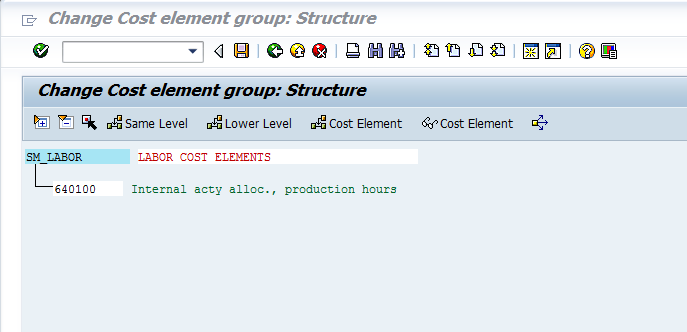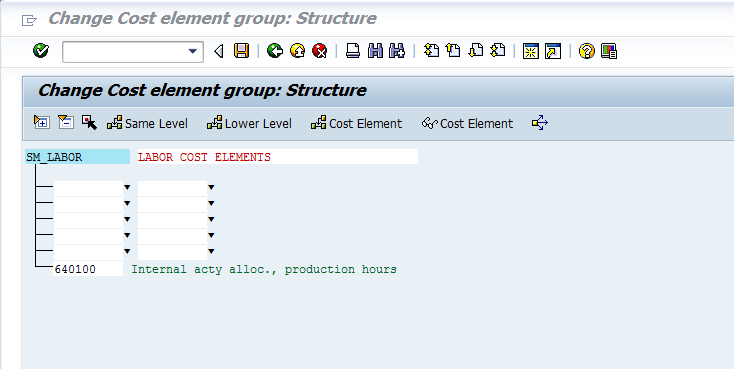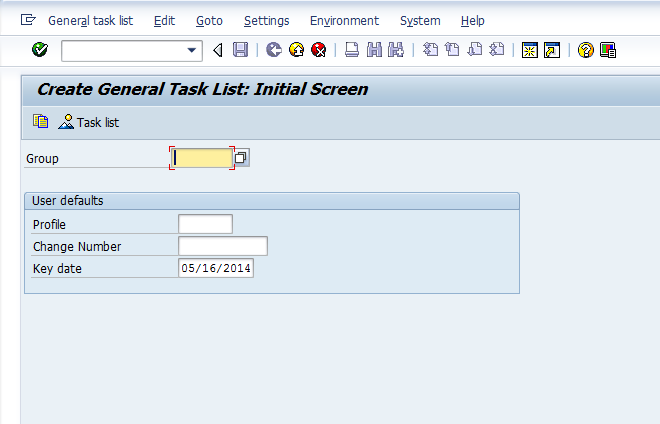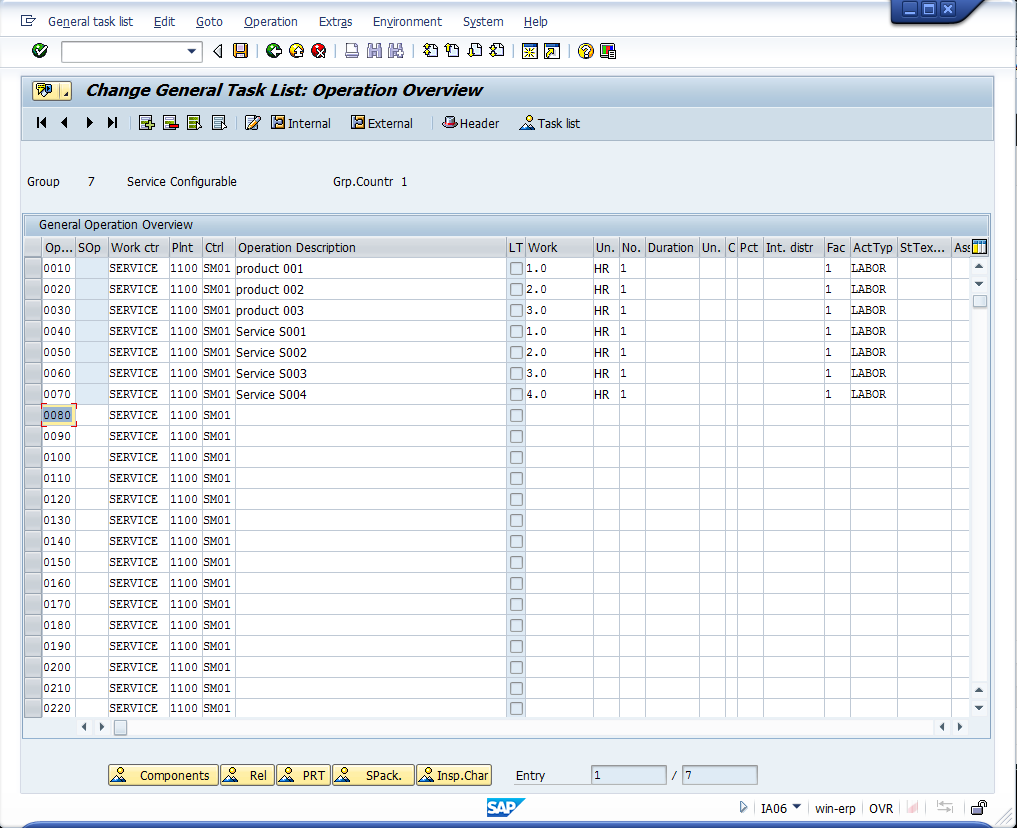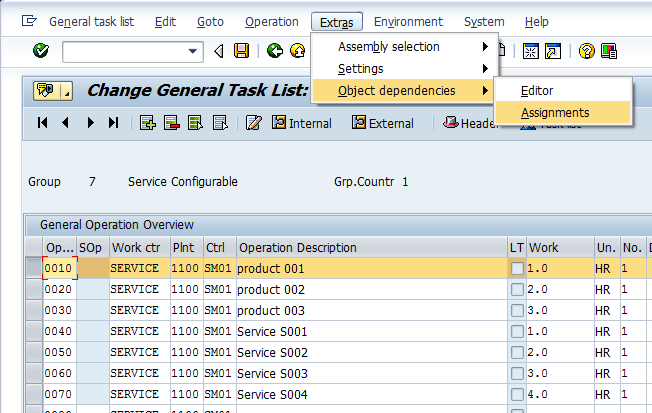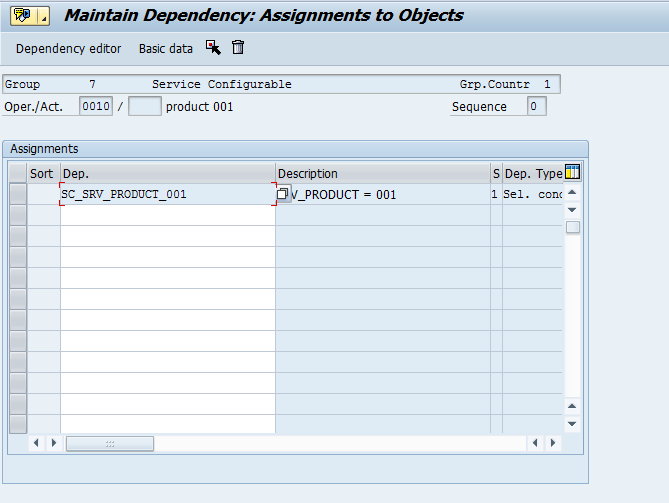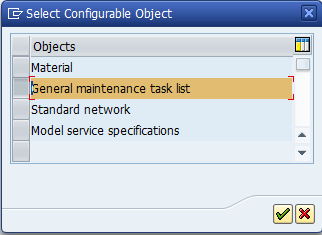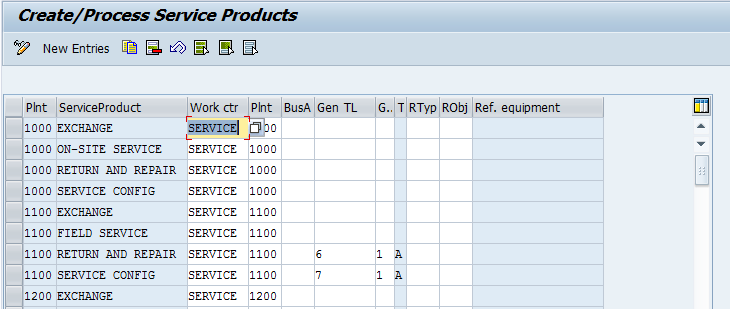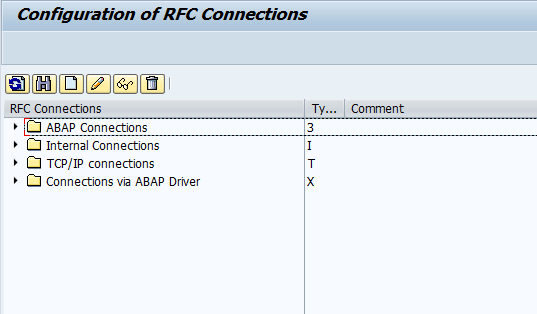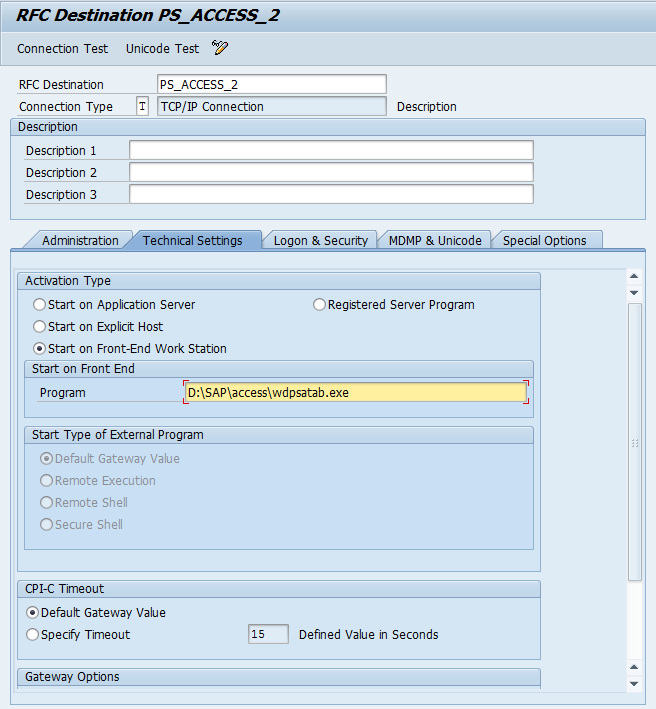Recently, I start this topic, and I wanted to get back to it again. Last time we looked at using the volume of notifications to help you determine when service contracts might be useful. So once you take the first pass and just look at volume, now you can use the same service notifications and get into the details, to help you decide at the next level…
When I talk about the details, now I’m talking about the catalogs or classification that (I hope) your call center employees (or better yet, your customers) are filling in each time. These catalogs can be your lifeline, if you have the data. You design these catalogs to fit your business, and cover all the major areas you expect to find. So, if you sell computers, you have some obvious breakdowns.
* Hardware
* Software
Now, if you want to cover software under your contract, this is typically driven around call center/help desk support. The sort of things that you can offer is live support through chat, or you can offer an upgrade to talk to a live person on the phone. You can even upgrade further to offer a package to talk to someone in your chosen region (say, you don’t want to talk to call center 1/2 way across the world, but would rather talk to someone from your half of the country).
Ok, so you think offering a contract based on the software might be worthwhile. How do you get the number to decide? Well, start looking at the next level of the catalog. What software was the biggest culprit? was it the operating system? was a particular app? or was it more of a training? Now when you know this, you can even begin to tailor the contract to what your customers really want. As you can see, you can quickly see how many notifications called each of these catalogs, and sub catalogs. You can even begin to analyze how long each notification was open. Was it solved same day? same hour? or did it have to go up the chain to other levels? how often did each of these occur? Get the idea? Just by looking at some simple data, you can quickly drive down to what happens the most often, and what your customers might be most likely to buy from you at a discount.
Now, again, this will require a little bit of analysis, but with some data analysis, you could start looking at selling unlimited calls for certain software issues, or you could sell up to X calls per month, etc with premium service. Now, it might need a dedicated agent to handle these contracts, but premium service gets you premium revenue. It all comes down to what your customers want/need. You can use your service notifications to predict what they need… then you just need your marketing guru to package it into something they will buy. All because you used SAP service notifications to collect data…
Thanks for reading,


